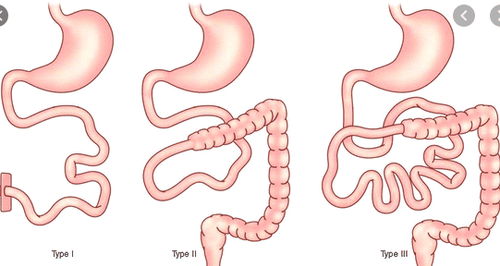This is an automatically translated article.
Evening primrose oil is more and more widely used because of the wonderful uses it brings. However, evening primrose oil can also cause some side effects such as rashes, headaches, dizziness, and interactions with certain medications.1. What is Evening Primrose Oil?
Evening primrose oil is an oil extracted from the seeds of the evening primrose plant. Evening primrose oil contains essential fatty acids, which contribute to the formation of cell membranes and provide the body with necessary hormones and hormone analogues. Evening primrose oil also contains omega-6 fatty acids, which play an important role in the maintenance and development of brain functions, and normal growth and development of the body.
In addition, evening primrose oil also contains many substances that have the ability to treat diseases. So it has the ability to soothe the pain associated with premenstrual syndrome (PMS), while reducing irritation and skin diseases. It can also be used as an anti-inflammatory and has a role in autoimmune diseases.
2. What are the side effects of evening primrose oil?
Side effects of evening primrose oil include:Stomach upset. Abdominal pain, nausea. Headache. Soft stools In rare cases, evening primrose oil can cause an allergic reaction with symptoms such as inflammation of the hands and feet, hives, difficulty breathing, and wheezing. If you take anticoagulants, evening primrose oil may increase your risk of bleeding. Evening primrose oil can lower blood pressure. Evening primrose oil may also increase the risk of seizures as well as severe nausea and vomiting for people taking phenothiazines. Pregnant women should not take evening primrose oil because of the potential for complications.

Tác dụng phụ của dầu hoa anh thảo gây chóng mặt, hạ huyết áp
3. How to use evening primrose oil?
For eczema: use one to: four evening primrose oil capsules twice daily for 12 weeks. For topical creams, 1 ml of 20% evening primrose oil can be applied to the skin twice daily for up to four months. Skin beauty: use 500mg capsules 3 times/day, up to 12 weeks. For perimenopause, take 6 to 12 tablets (500 mg to 6,000 mg) one to four times daily for up to 10 months. Start with the smallest dose possible, and increase as needed to relieve symptoms. In case of chest pain: Take 1 to 3 grams (g) or 2.4 ml of evening primrose oil daily for six months. For hot flashes: Take 500 mg of evening primrose oil twice daily for six weeks. Articles refer to sources: webmd.com, healthline.com, mayoclinic.org













